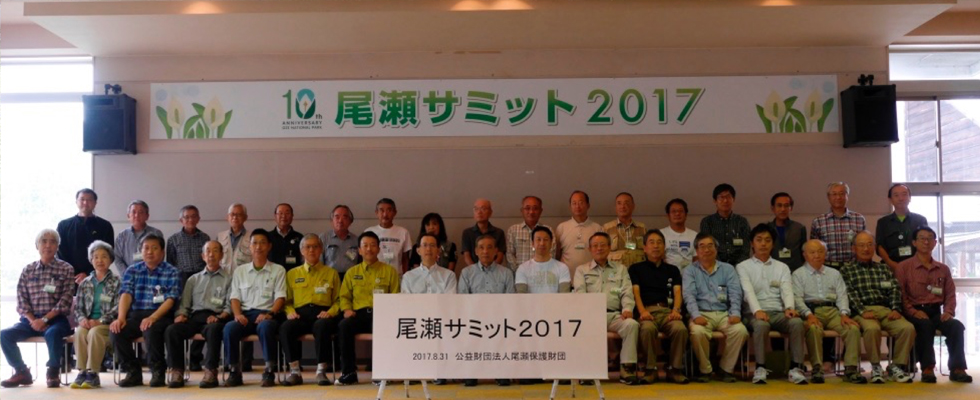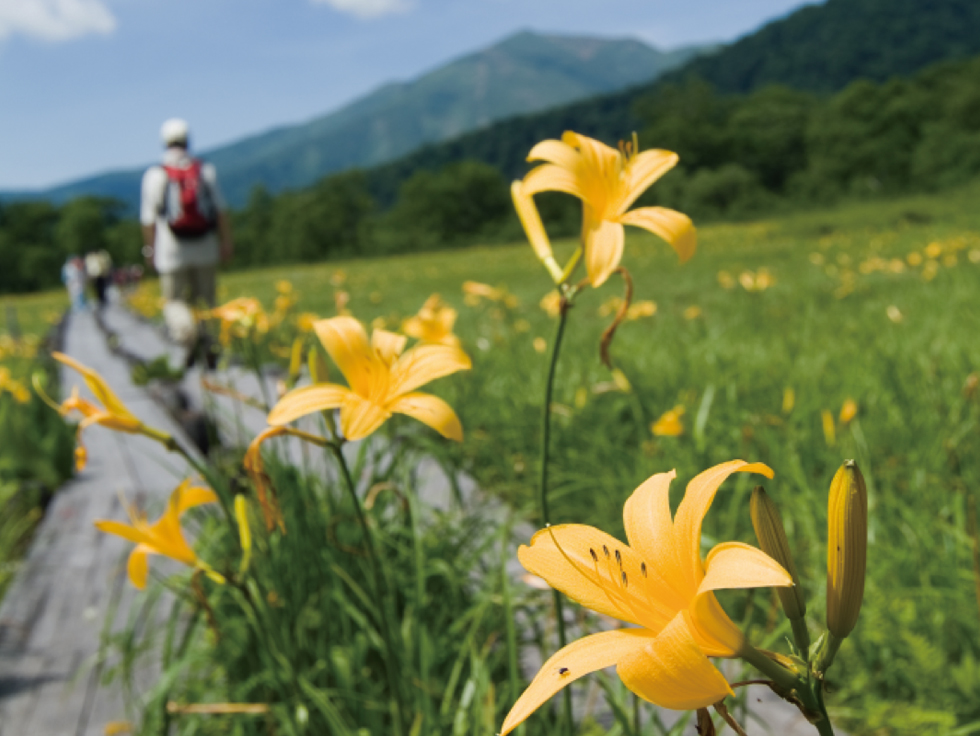Measures to Protect Oze
How Oze and TEPCO Joined Together
The period from the Meiji through the Taisho eras was when electricity was first being introduced into our daily lives, resulting in a rapid increase in demand. For this reason, a major challenge of the government was to construct hydro power plants that were the main source of electricity in those times.
This led to the idea of using the bountiful waters of Oze for generating electricity, resulting in obtaining land and water rights (right to use water), which were then passed on to the company when TEPCO was established in 1951.
Until the late 1950's, Oze mostly attracted groups of researchers and students to study alpine plants, However, as people started to gain some leisure time in their daily lives in the early 1960's, large numbers of hikers began to descend on Oze. The Japanese song, "Natsu no Omoide (Summer Memories)" broadcast by NHK's radio was a giant hit and served to increase the popularity of Oze even more. However, there were no wooden paths or public restrooms at that time, such that the increasing number of hikers attracted by the beauty of Oze resulted in the destruction of that same nature. From that period, TEPCO began to focus efforts on natural conservation in Oze.
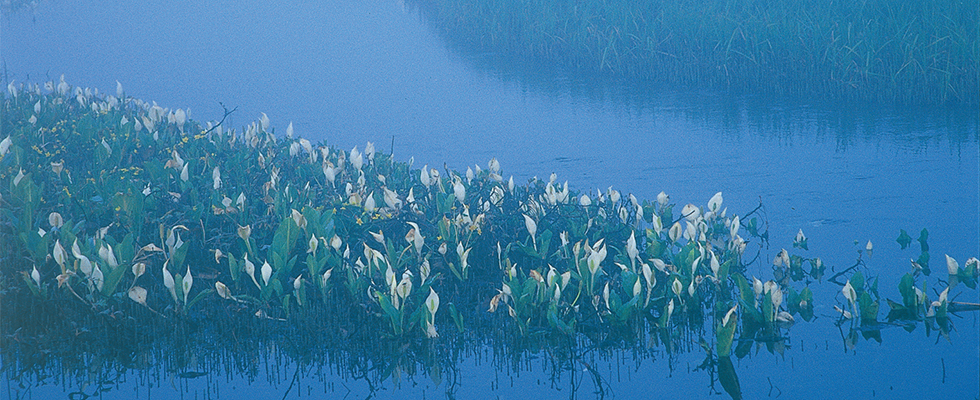
Construction of Wooden Paths
TEPCO has constructed wooden paths in Oze that allow visitors to interact with nature while minimizing the effects on the natural environment. The wooden paths cover nearly the whole area of Oze including mountainous areas with a total length of about 65 km.
TEPCO is responsible for maintenance and management of some 20 km of wooden paths that are mostly located within land in Gunma Prefecture owned by TEPCO. The paths are constructed of stiff highly water-resistant larch grown in Japan, and they are serviced and maintained in a systematic manner every year due to the necessity to rebuild the paths about every 10 years.
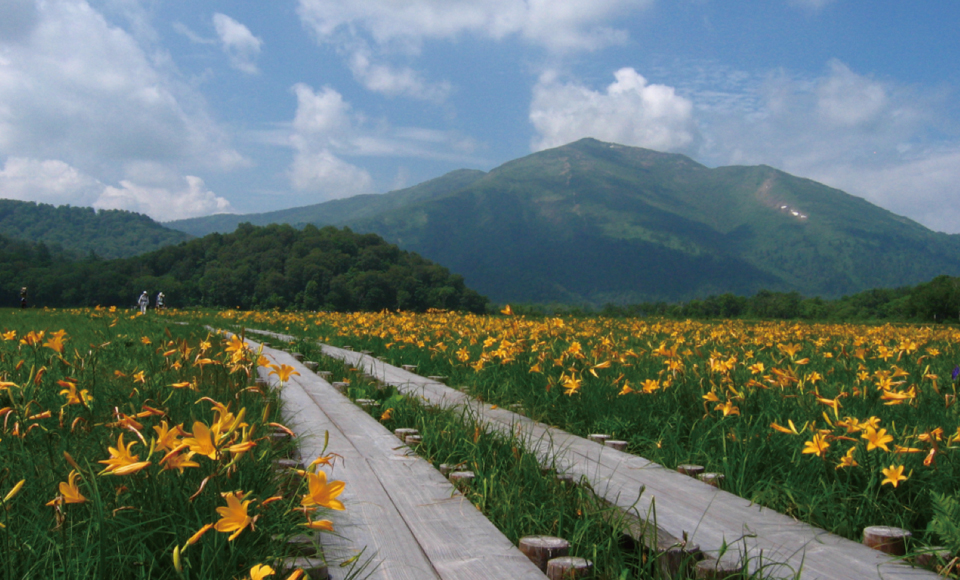
Daylilies and Mt. Shibutsu
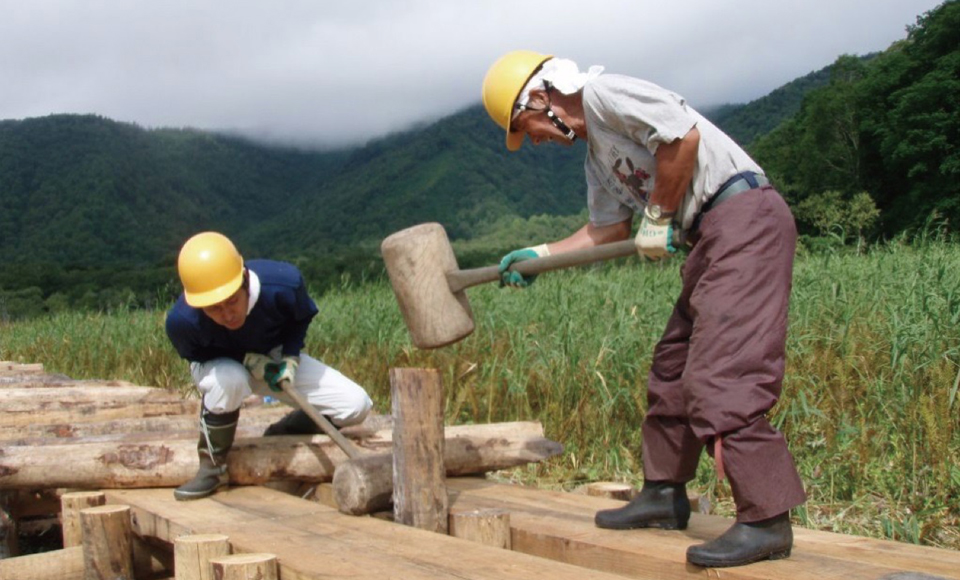
Rebuilding a wooden path
Oze Wooden Path Paper
Recycled as Raw Material for Paper
The wooden paths are an essential element for the scenery of Oze. Built using stiff highly water-resistant larch, these wooden paths must be replaced after about 10 years of use due to the harsh natural environment in which they are used and to being walked upon by large amounts of people every year.
Previously, after serving its purpose for the wooden paths, the scrap wood was disposed of as industrial waste after being removed from Oze, but now it is recycled for use as raw material of paper as a means to lengthen, if only a little, the life-cycle of the wooden paths that help protect nature in Oze.
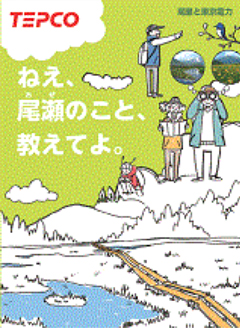
Measures to Restore Destroyed Wetlands
The "Oze boom" of the late 1950's/early 1960's resulted in massive numbers of hikers descending on Ayame Daira, a 1,969-meter elevation with a 360-degree panorama view, and these beautiful wetlands that were once praised as a "Heavenly Paradise". As a result, the wetlands vegetation was trampled and destroyed, causing the peat layer (dead plant and animal material that accumulates without decaying, with only one millimeter of this material accumulated at Oze during an entire year) that forms the wetlands to become exposed, and rapidly leading to the conversion of approximately 1 hectare of wetlands to barren land.
From 1964, TEPCO started to install wooden paths restricting the routes for walking, greatly helping to prevent the expansion of destroyed lands, while from 1969, the company proactively carried out measures for wetlands restoration. Although 0.9 hectares of the nearly one hectare that had been destroyed was restored to nearly complete greenery, restoration measures continued while being constantly vigilant to protect previously restored lands.
TEPCO continues to take measures to restore destroyed wetlands, with the goal of greening all bare land in Ayamedaira.
We are contributing to achieving Sustainable Development Goals (SDGs) through its corporate activities in order to make the world sustainable as we approach 2030 and will work as one to achieving SDGs 7, 9, 11 and 15, which are closely linked to the energy industry. And through this greening initiative, we contribute to the SDG 15 Life on Land, which should be achieved by 2030.
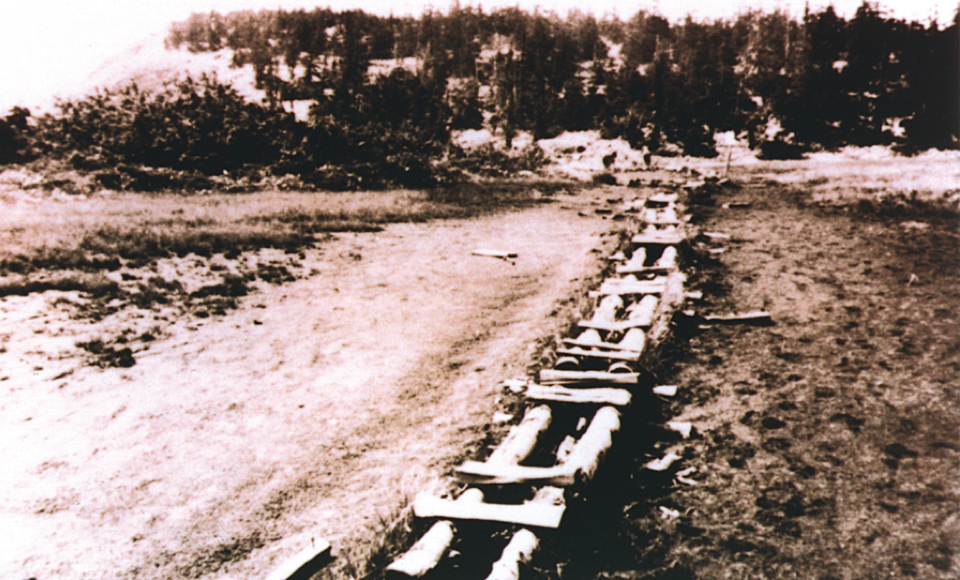
Destroyed Ayame Daira (Late 1950's/Early 1960's)
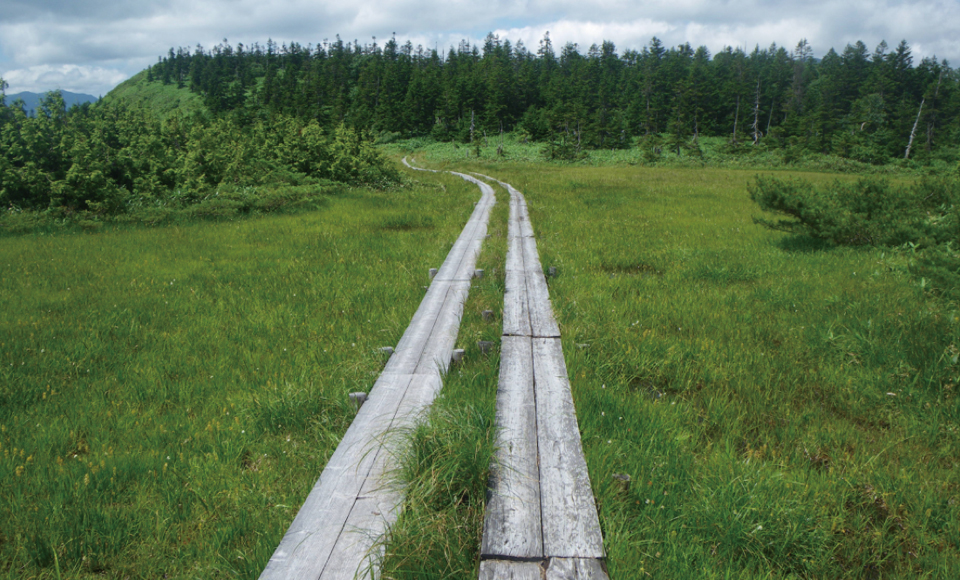
Ayame Daira (Present-day)
Installation of Seed-Scraper Mats
There are a great number of rare plants unique to Oze. However, in recent years, the amount of plants from outside of Oze (non-native species) brought into the park has increased, resulting in the danger of the plants originally growing there (native species) being overwhelmed by these non-native ones.
For this reason, TEPCO has installed seed-scraper mats at all mountain path entrances on the Gunma Prefecture side of Oze in order to prevent plant seeds adhering to shoes from being brought into Oze.
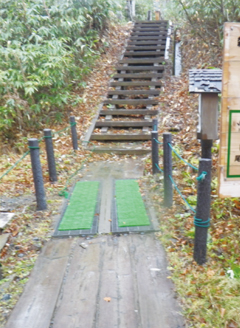
Installation of Public Restrooms Equipped with Water-Purification Tanks
Although the public restrooms TEPCO has installed at seven locations in Oze are being used, water-purifying tanks capable of purifying water to a water quality equal to that of the natural river water are also being installed for these facilities.
Additionally, washlet-type toilets have been installed in the mountain lodges (Hatomachi-sanso, Shibutsu-sanso, Todengoya, Motoyu-sanso, and Ozenuma-sanso) operated by Tokyo Power Technology, a TEPCO Group company. This was done in order to reduce the amount of toilet paper used, reduce the load on the purification tanks, and enable water to be purified more readily.
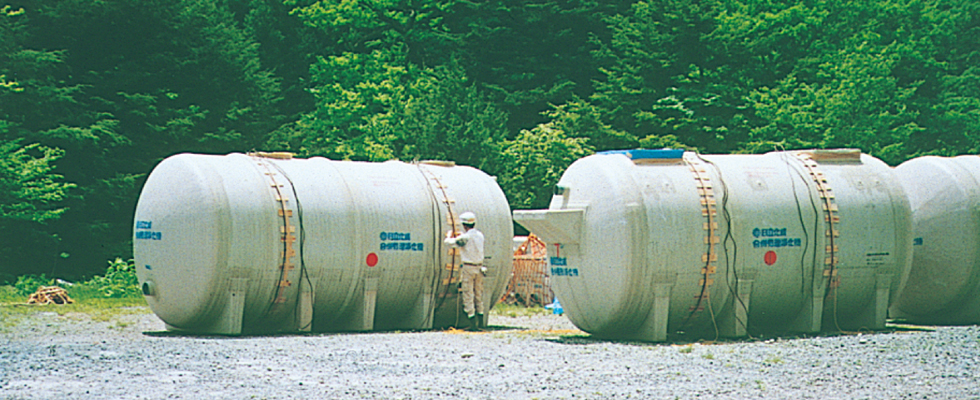
Solar Power Generation
The majority of lighting in Oze is powered by diesel fuel. TEPCO has been developing new environmentally friendly technology, including for Oze with the installation of solar power generation at two location in Todengoya and Fujimi-toge public restroom to provide power generation that is low in CO2 emission.
Some of the electricity generated by solar power at Todengoya is used at Todengoya. All of the electricity generated by solar power at Fujimi-toge public restroom is used for the restroom.
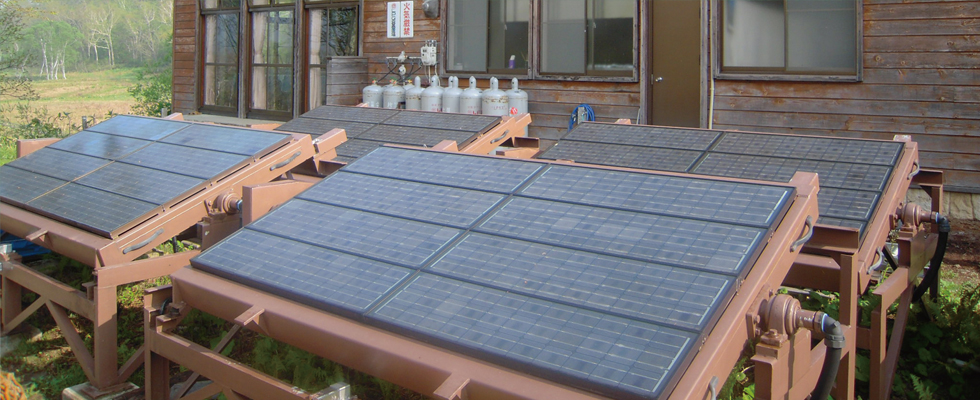
We have installed EcoCute systems that boil water using heat from the air.
Heating EcoCute systems that boil water using heat from the air have been installed at Shibutsu-sanso located in Yamanohana, the entrance of Ozegahara. An EcoCute system greatly reduces the amount of CO2 emissions in comparison with conventional combustion-type water heaters.
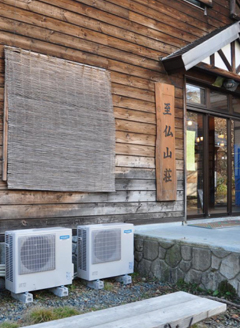
Watershed Forest and Oze Tokura Forest
The forest of Oze Tokura is a vast wooded area adjacent to Oze, and it plays an important function as the forest of the watershed of the uppermost basin of the Tonegawa River as well as serving as a buffer zone protecting the nature of Oze. During the post-WWII recovery period, trees in this forest area were cut down in great numbers to satisfy the demand in Tokyo, with these areas being replanted mainly with rapidly growing larch trees. From 1965 onward, TEPCO has been carefully managing and cultivating this Oze Tokura forest as a watershed protection forest for the hydro power station located downstream, with some areas with larches that showed poor growth being returned to their original state of a lush broadleaf evergreen forest and cultivated accordingly.
TEPCO received the "Forest CO2 Absorption and Biodiversity Certification ("Forestock Certification")" in August 2009 and acquired certification from the Forest Stewardship Council, an international forest certification organization in February 2010. Moreover, in February 2010, TEPCO acquired "FSC certification" for 16,334ha of area in Oze Tokura. FSC certification is an international forest management certification system established in 1993 by the Forest Stewardship Council (FSC). Only forests managed properly by three aspects of environment, social and economy could be certified. TEPCO’s goal is to continue to obtain FSC certification, and even now, we continue to obtain FSC certification through the annual audit process.
In this way, TEPCO would like to continue to manage the Oze forest to make it even more lush watershed protection forest, while receiving verification from external organizations.
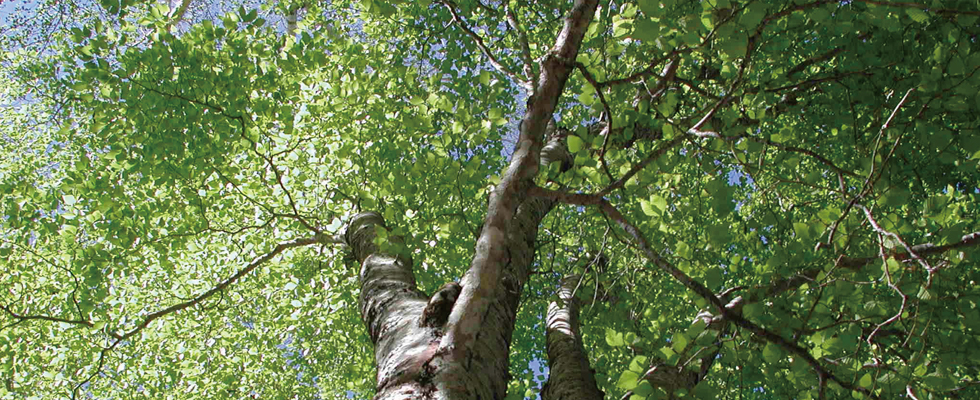
Wooden Paths with the FSC Mark (Brand)
Wood from the Oze Tokura Forest, which has been certified by the Forest Stewardship Council (FSC), is used as a material for the wooden paths laid to protect the wetlands. On the wooden path, you can see a brand with the FSC mark.
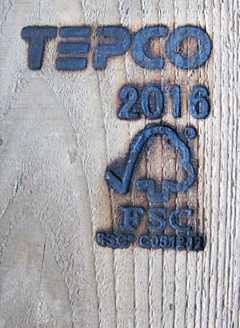
Oze Preservation Foundation
Various activities and projects have been carried out by and from the perspectives of national and local governments, TEPCO (as a landowner), the Mountain Lodge Association, nature conservation organizations, and others in order to protect the natural beauty of Oze. From this, all related parties participated equally in discussions to reach consensus regarding corresponding countermeasures and to conserve nature more effectively, resulting in the formation of the Oze Preservation Foundation in August 1995. This foundation performs a wide range of activities and services from appealing to hikers to properly use Oze and its facilities to the operation of important facilities such as the visitors center.
TEPCO, as a landowner of the park, also participates in the foundation. We hope to continue to cooperate with the foundation as it develops and expands its ever-more enhanced and beneficial conservation activities.
